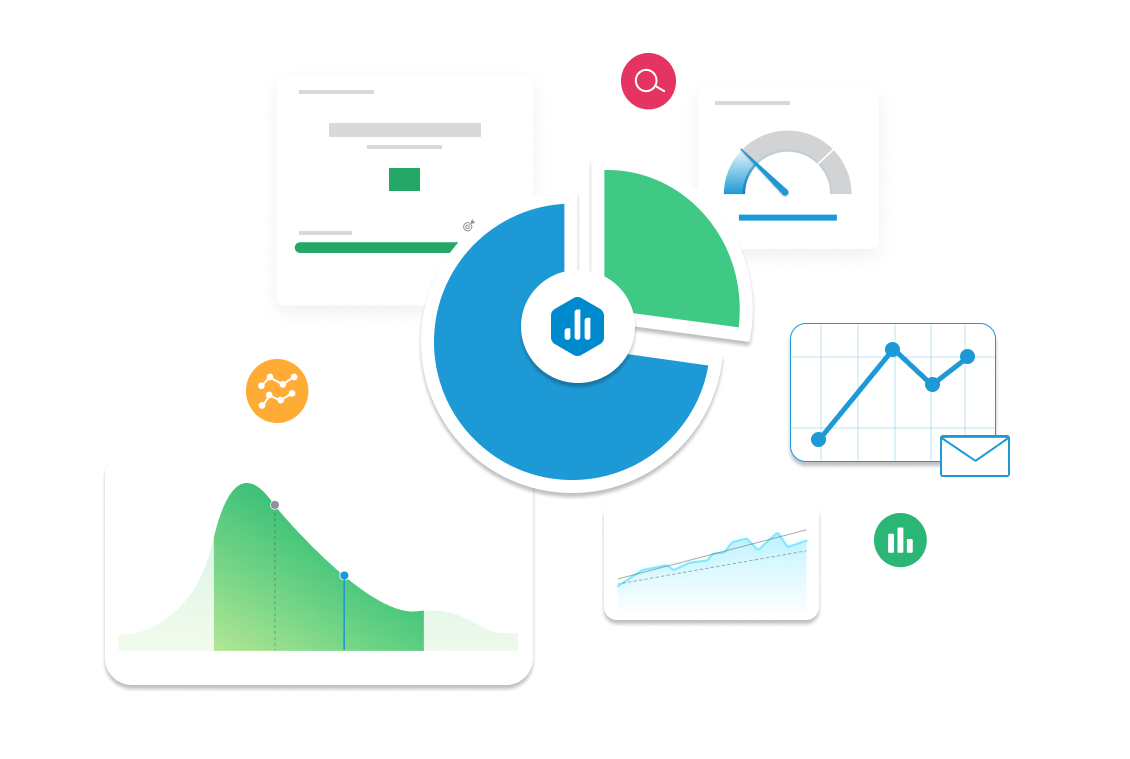Scroll depth
Discover how Scroll Depth helps businesses measure how far users scroll on a webpage. Learn how to track, analyze, and optimize scroll depth to improve content engagement and conversion rates.

| Category |
Marketing |
|---|---|
| Type |
Leading Indicator |
| Calculation |
Scroll Depth (%) = Percentage of page height scrolled by users (commonly tracked in increments like 25%, 50%, 75%, 100%) |
| Measure |
Tracks how far users scroll down a webpage, helping businesses assess content effectiveness and engagement levels. |
| Data Sources: |
Google Analytics (GA4), Hotjar, Crazy Egg, FullStory, Microsoft Clarity. |
| Frequency |
Tracked daily or weekly to optimize content layout and improve user retention. |
Example target
Increase average scroll depth to 75% in Q3 by improving content formatting, optimizing page speed, and enhancing mobile responsiveness.
Example Reports Use Case
A Content Marketer tracks Scroll Depth to evaluate user engagement on blog posts. If users drop off early, they may restructure content, add visual breaks, or enhance CTA placement.



